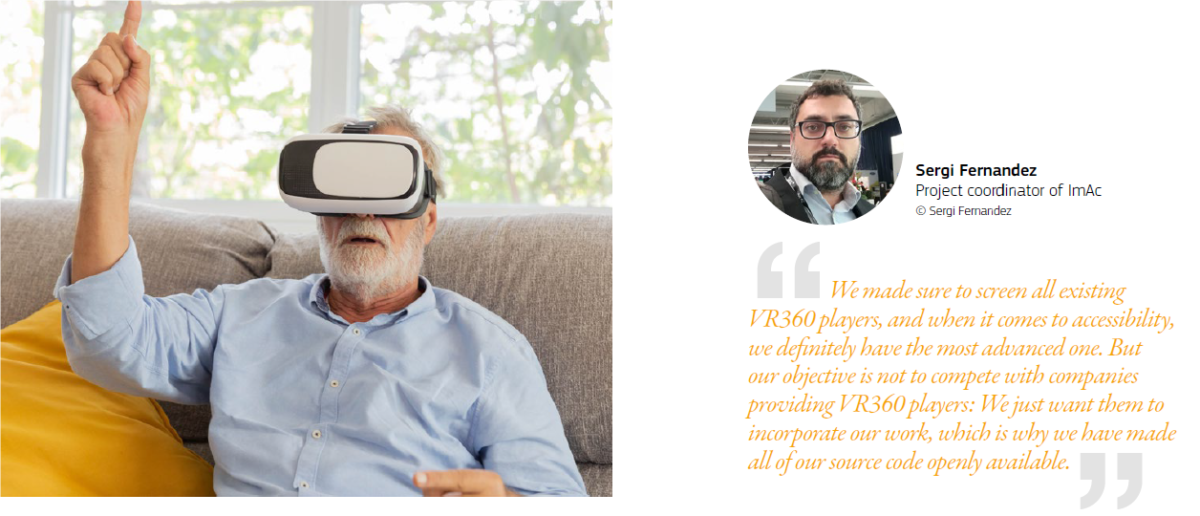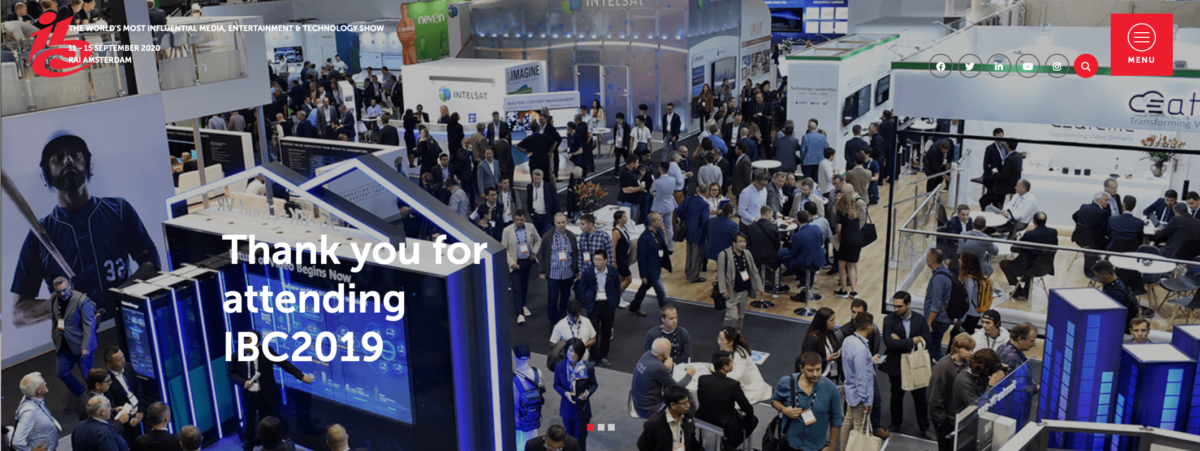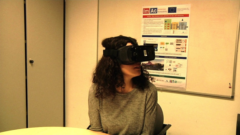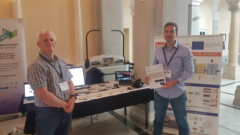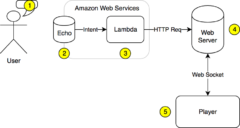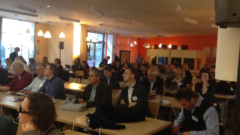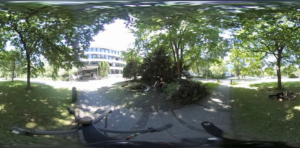The Community Research and Development Information Service (CORDIS) is the European Commission’s primary source of results from the projects funded by the EU’s framework programmes for research and innovation (https://cordis.europa.eu/). Its mission is to bring research results to professionals in different fields to foster open science, contribute to the creation of innovative products and services … Continue reading “ImAc featured in the January 2020 Issue of the Research*EU Magazine”
